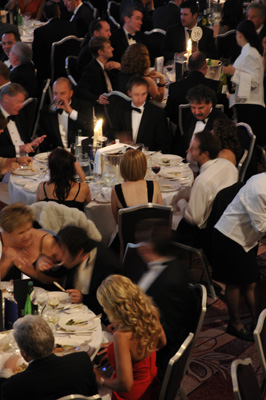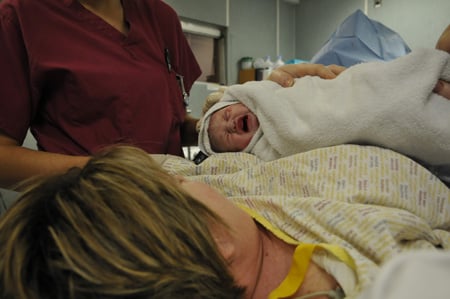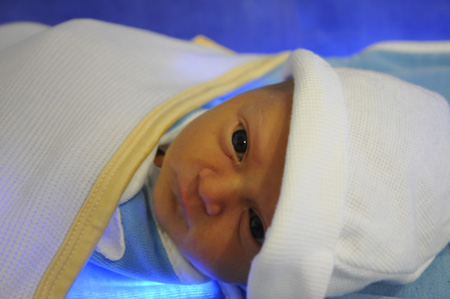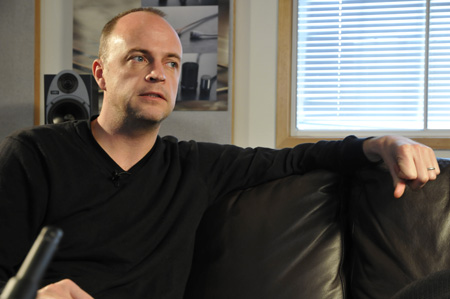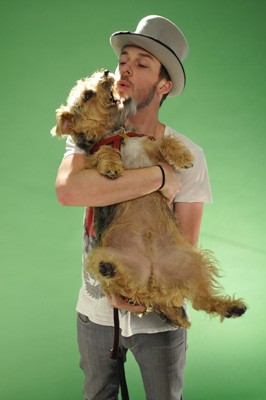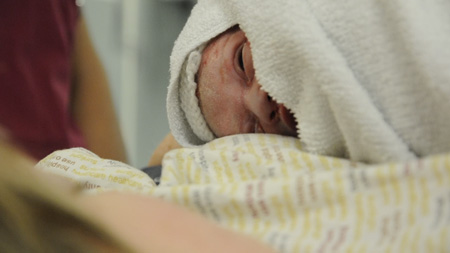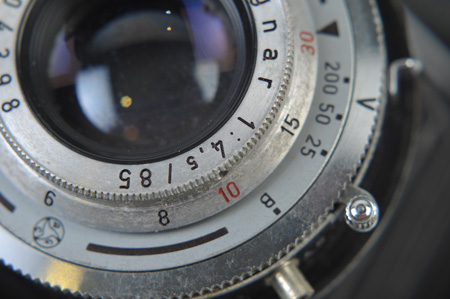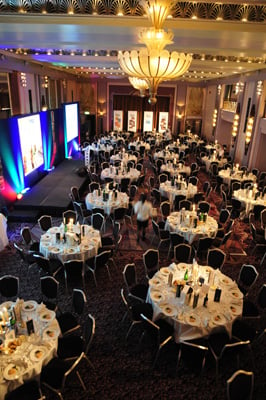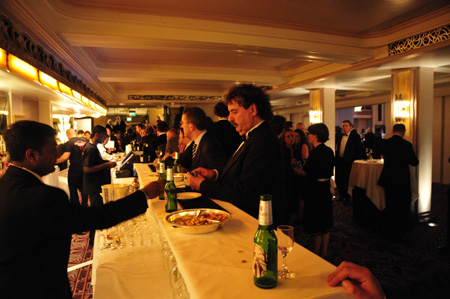Original URL: https://www.theregister.com/2009/12/04/review_camera_nikon_d300s_dslr/
Nikon D300s DSLR
Quality stills workhorse gets HD video
Posted in Personal Tech, 4th December 2009 13:02 GMT
Review The Nikon D300s is the successor to the original D300 that appeared in the UK almost two years ago. Sharing the same 51-point autofocus and 12.3Mp sensor, it’s the cheaper DX format alternative to the top of the range Nikon D3 DSLR, and sits neatly next to the full frame D700.
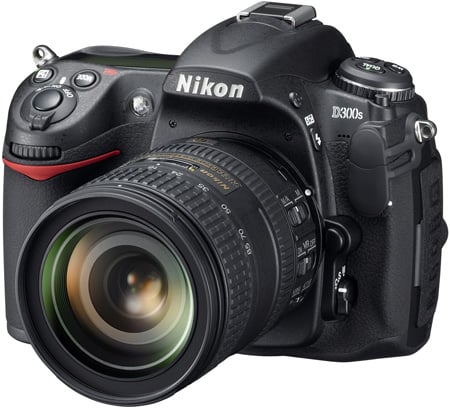
Nikon's D300s: still for stills, but with video if you need it
The differences from the original D300 are quite subtle from the outside. The Live View Control and Info Buttons have moved, and the Multi control pad on the back has been tinkered with. The previous version was flatter and encouraged more 'OK' confirmations than with the D300s panel, which sticks out more and needs fewer actions for the various prompts.
Unsurprisingly, HD video is the headline grabber with this model, which is recorded as a Motion JPEG AVI file with a resolution of 1280 x 720p at 24fps. The recording time is five minutes at the maximum resolution or 20 minutes at 640 x 424. It might not seem much but is a perfect amount of time for the short events that occur in front of us, while giving the nod to filmmakers with the frame rate choice.
One feature you might find useful – especially if the best man's speech didn't start exactly on time – is the trim editing in-camera of the video shot. You can cut the beginning and end off, though with a five minutes maximum recording time – it's seat of your pants time! We used a Sans Disk Ultra II SDHC card, which was very happy to record burst stills and video, despite not being cutting edge.
If not recording in Auto mode, you should meter and set your aperture/shutter manually for the scene before pressing Live View mode, so the camera will not be tempted to add any video gain and, hence, noise. In short, if it what you’re seeing on the LCD panel would make a good photograph, then you can be reassured that it's going to make very pleasing moving images too.
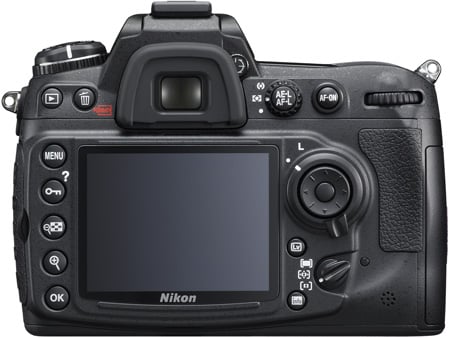
HD video recording, but a five minutes maximum for each shot
In crowded areas the built-in microphone – under the model number in the top right corner – did well, picking out the subject from the background. Like most in this new class of video capable devices, the audio is a bolt on and not a selling point, and it is worth reiterating this is not a camcorder. So expectations should not be as high, especially as it records at 11kHz rather than the professional rate of 48kHz.
There is, however, a 3.5mm input for use with an external stereo microphone that can help overcome any handling noise issues. Audio recording has options for auto gain and three sensitivity settings. Other connectors include the obligatory HDMI, and AV out, rather than just video.
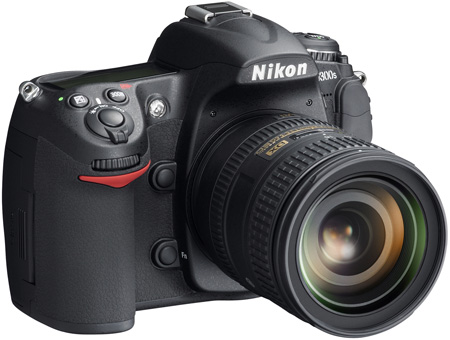
Autofocus whirrings are audible on video, but there is an external mic input
The supplied AF-S Nikkor 16-85mm f/3.5-5.6G ED DX VR (vibration reduction) zoom lens is a cut above most kit lenses. The VR delivers good, sharp images at slower shutter speeds, so you needn’t ramp up the ISO to get them. Unfortunately, the focus motor, when in video mode, can still be heard. While it is better than you might expect, it will be recorded.
Fast lenses with large apertures need a good deal of focusing if your subject is moving. At the moment these cameras should just be used within their abilities, and manual focusing should be the norm. The photographer (videographer now) may well be wise to think more about keeping the same distance from the subject, rather than continually altering the focus.
Thankfully, no beep sounds during recording when autofocusing, although there is an on-screen indicator when focus is locked. And you can adjust to AF single point from multipoint, which would give most users, confidence and speed things up. Having said that, subjects like kids and animals moving fast will beat the smaller single point. Another aid is the Virtual Horizon feature introduced with the D700, that’s effectively a spirit level for your viewfinder – quite ingenious.
A future camera – a 'D700s' perhaps? – may give full frame at multiple fps, but for now the D300s kit captures beautiful footage that looks like film, with its narrow depth of field. The difference between 720 and 1080 is less than you might imagine, though how much longer Nikon will resist the baying for 1080p, despite it's larger data issue, and has to swap out of CF cards with MJPEG for larger capacities and new codecs, remains to be seen.
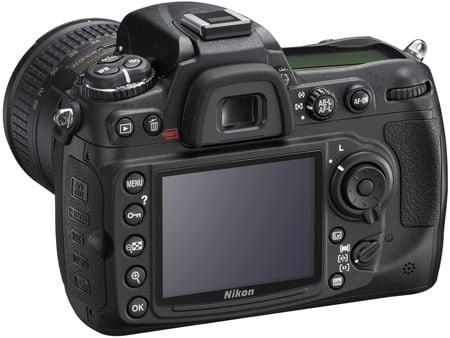
Dual card format support is a really nice touch
Speaking of cards, opening the media drawer no longer involves having to use a quirky button elsewhere on the back, thus speeding up the one handed change-over of cards. Here, you’ll find an SDHC card slot as well one for the original CF format. You choose the card type for recording, putting your video on the fastest or just keeping stills/types of stills separate. It’s ideal for backup.
Sample Shots
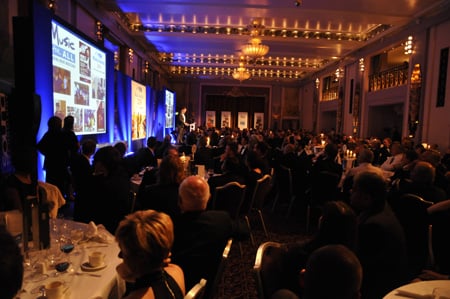
Auto white balance isn't perfect

Same scene manually set for tungsten lighting
Sample Shots
Video and Film modes

720p Video shoot: that 11kHz audio doesn't sound too bad either
Click for a scaled QuickTime movie clip

Neutral

Standard

Vivid

Monochrome
ISO Tests
>
The DX size CMOS sensor with its 1.5x crop factor is the same as before with good noise levels easily up to 1600 and beyond. As usual, Nikon starts its ISO range at 200 – but you can go down one stop to 100 from the menu – and stretches to ISO 3200, going up a stop to 6400, if you want. Shutter speed range is the same as the D300: 1/8000th to 30secs plus bulb.
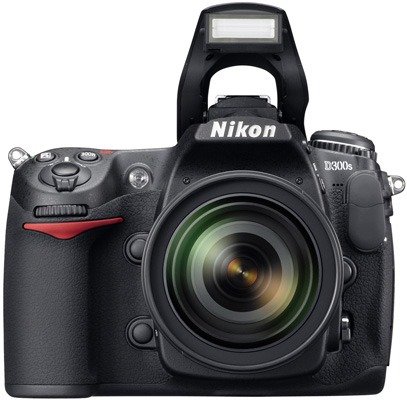
A quality performer, but up against full-frame competition at a similar price
A range of in-camera processing tools includes red eye editing, colour balance, NEF RAW processing of exposure and white balance. These secret tweaks are handy if what you shot wasn’t optimum and you need to show people what you have photographed. It is non-destructive too. The original NEF is kept with the output of your edit being a high quality JPEG. For press, this could be an invaluable way of improving images without a laptop before sending.
High speed continuous shooting is now 7fps on its own battery's steam, and as before 8 fps with the MB-D10 battery grip. Batteries are the same as the previous version, helping upgraders keep on track and will keep you shooting for ages, though, as you might expect the exclusive use of Live View when recording video cuts that down.
The hotshoe protection clip now comes with the camera – it's the little things – and external flash syncs at 1/250th sec. The inbuilt flash has a -3 to +1EV range, which is a nice touch. For the clatter-conscious, there’s a quiet shutter operation mode, which takes the edge off the taking noise. There is still mirror clack, but the shutter isn't re-cocked until the shutter release is pressed once more.
One thing that gives the D300s the air of a more professional camera is the simplicity of the options for shooting. Program is the main auto mode, whereas Canon, at same price, offers Sport, Landscapes and other presets from the top dial. Essentially, this Nikon doesn't provide as many get-out-of-jail options for the casual user, as the D300s makes you work with P-A-S-M. Sure, you can customise settings to your heart’s content, but the options under your fingertips are stripped down, but very intuitive.
Verdict
There’s something about the shutter sound of Nikons, they just seem more positive and tighter. This, combined with the magnesium alloy chassis, makes the D300s reminiscent of some of those tanks like the F3, from a bygone film age. Indeed, the D300s is nicely weighted, has a good grip, with a great mix of features and fine tuning. The video recording is capable of delivering top quality footage too, right out of the box. By taking some of the best bits from the D700 and improving on the D90's early successes, Nikon has made a pretty good pitch at this level. But maybe we're getting greedy because, given the competition, as far as video goes, it does seem like the D300s is marking time for the company. Where things lead from here will be very interesting indeed. ®
James Cumpsty is a professional photographer and videographer working in the music industry.
More DSLR Reviews...

Canon EOS 5D Mark II |

Pentax K200D |

Nikon D3000 |

Olympus E-420 |

